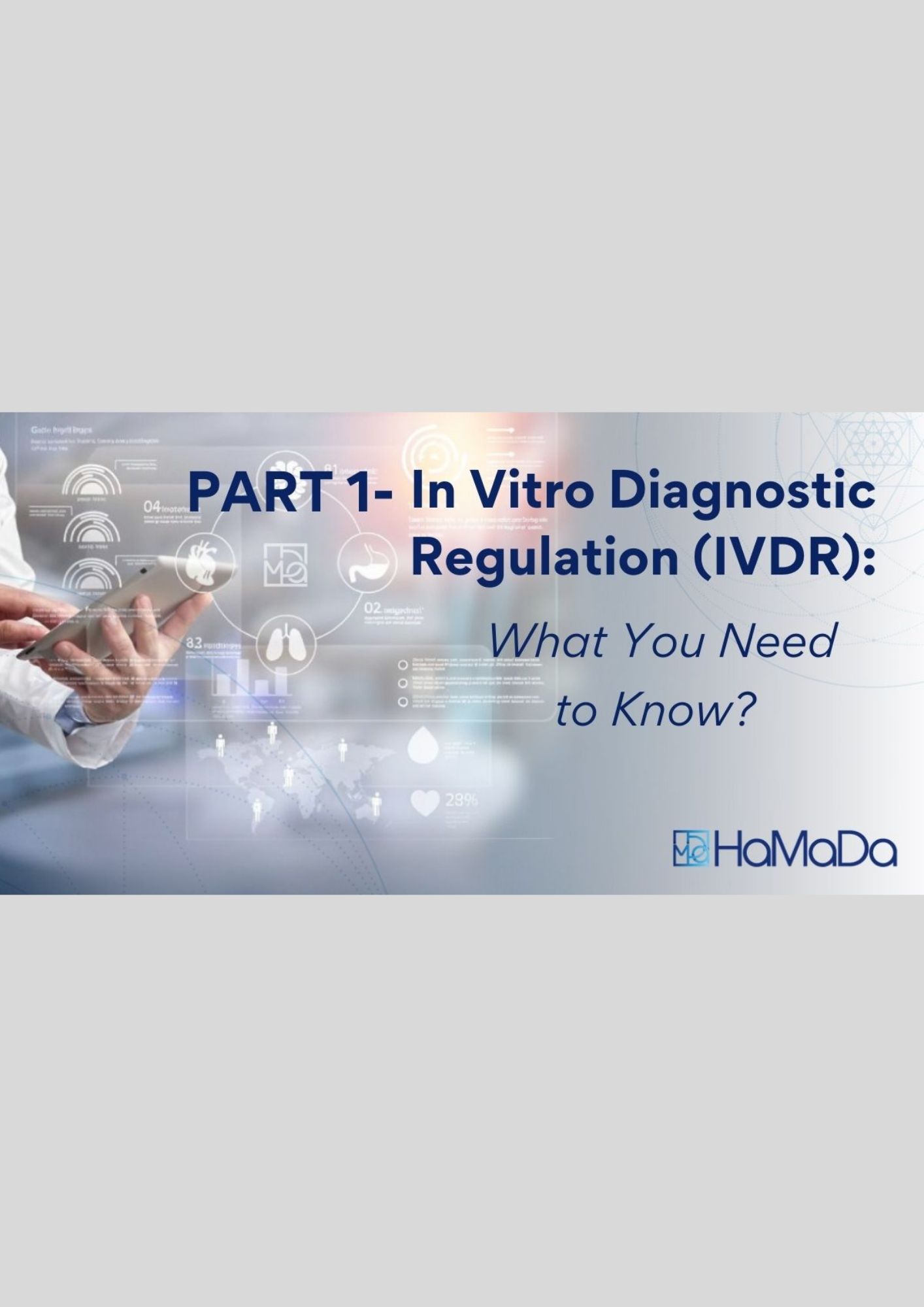📊🩺 In Vitro Diagnostic Regulation (IVDR): What You Need to Know
Staying ahead in the medical device industry requires understanding regulatory shifts. With the Regulation (EU) 2024/1860, published on July 9, 2024, professionals in the field of in vitro diagnostic (IVD) devices must prepare for a more rigorous regulatory framework. These extensions, effective as of July 9, 2024, apply to legacy devices—those already on the market under the previous In Vitro Diagnostic Directive (IVDD)—and are contingent upon specific conditions. Manufacturers of in vitro diagnostic (IVD) devices must have a Quality Management System (QMS) that complies with IVDR requirements by May 26, 2025 to qualify for the extended transition timelines.
Here’s an updated overview of what you need to know:
Key Changes to IVDR
- 🚨 Stricter Device Classification:
Devices are now classified based on risk, increasing the scrutiny for high-risk categories. - 📊 Performance Evaluation:
Robust scientific evidence is mandatory for demonstrating device performance. - 🏷️ Unique Device Identification (UDI):
UDIs ensure traceability and compliance. - 🩺 Enhanced Clinical Evidence:
Increased requirements for clinical data and ongoing post-market surveillance. - ✅ Notified Body Certification:
Mandatory for most devices, reflecting higher standards across the board. - 📅 Advanced Notifications:
Manufacturers must provide six months’ notice for discontinuations or actions that could pose significant health risks.
Updated Timelines
Transition Periods:
• Class D Devices: Extended to December 31, 2027.
• Class C Devices: Extended to December 31, 2028.
• Class B & Sterile Class A Devices: Extended to December 31, 2029.
The transition periods offer more time for manufacturers to meet the new requirements while ensuring market continuity.
(Source: Regulation (EU) 2024/1860)
Sell-Off Regulation Eliminated:
The “sell-off” deadline has been removed, allowing continued market presence without time limits, as clarified in Regulation (EU) 2023/607.
EUDAMED Roll-Out:
The EUDAMED registration deadline for IVDs is now part of a phased approach, ensuring smoother adoption for stakeholders.
Takeaways
• A compliant QMS must be in place by May 26, 2025, but Notified Body assessment can happen later.
• A Notified Body will review the QMS as part of IVDR certification, but full certification is not required by May 26, 2025—just readiness.
• A strong, well-documented QMS is critical for obtaining IVDR certification and avoiding compliance risks.
Would you like help with specific steps to ensure your QMS meets IVDR requirements? Contact us at HaMaDa consulting.
#IVDR2024 #MedicalDevices #InVitroDiagnostics #RegulatoryCompliance #UDI #EUDAMED #HealthcareInnovation #GlobalRegulations #MedicalDeviceIndustry #FDAUpdates


